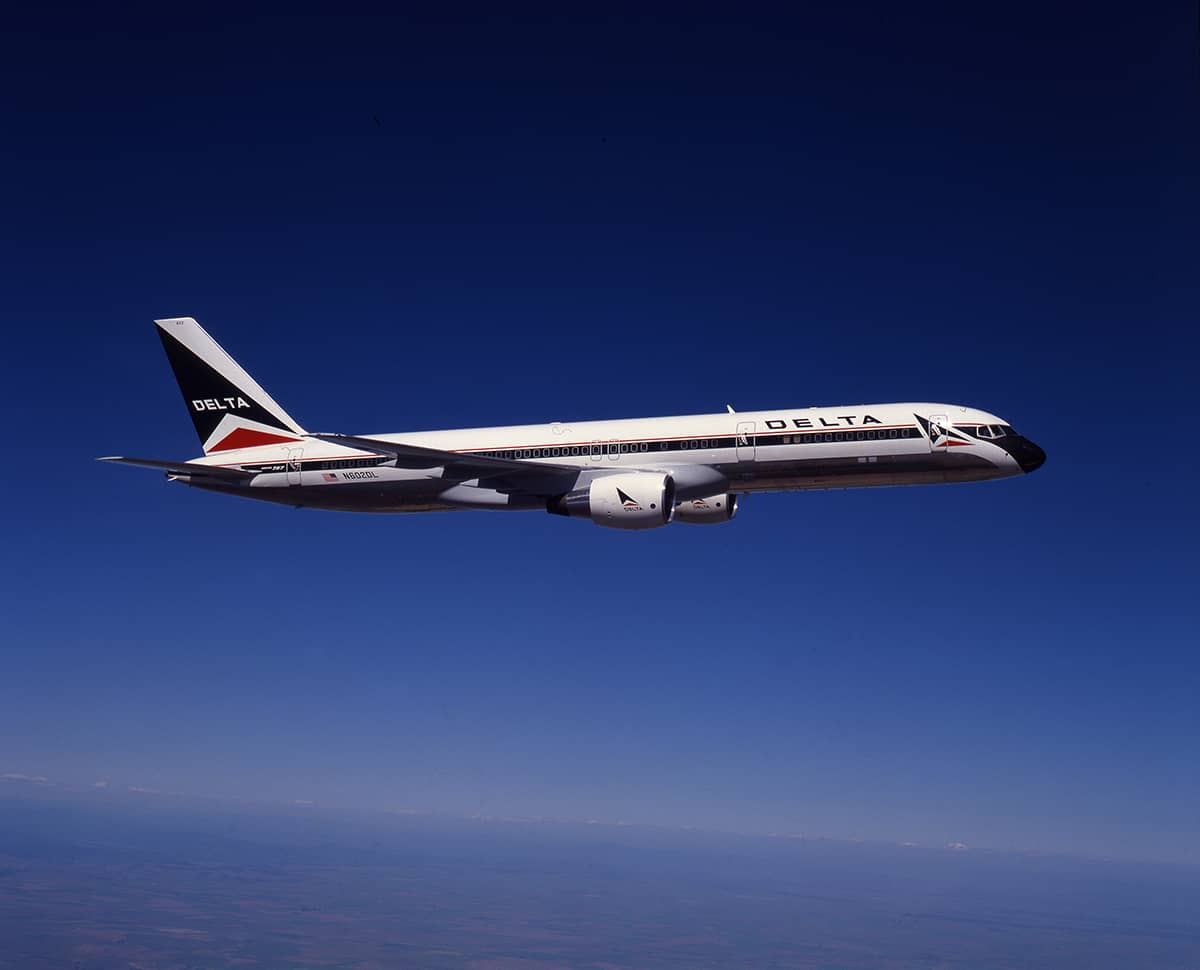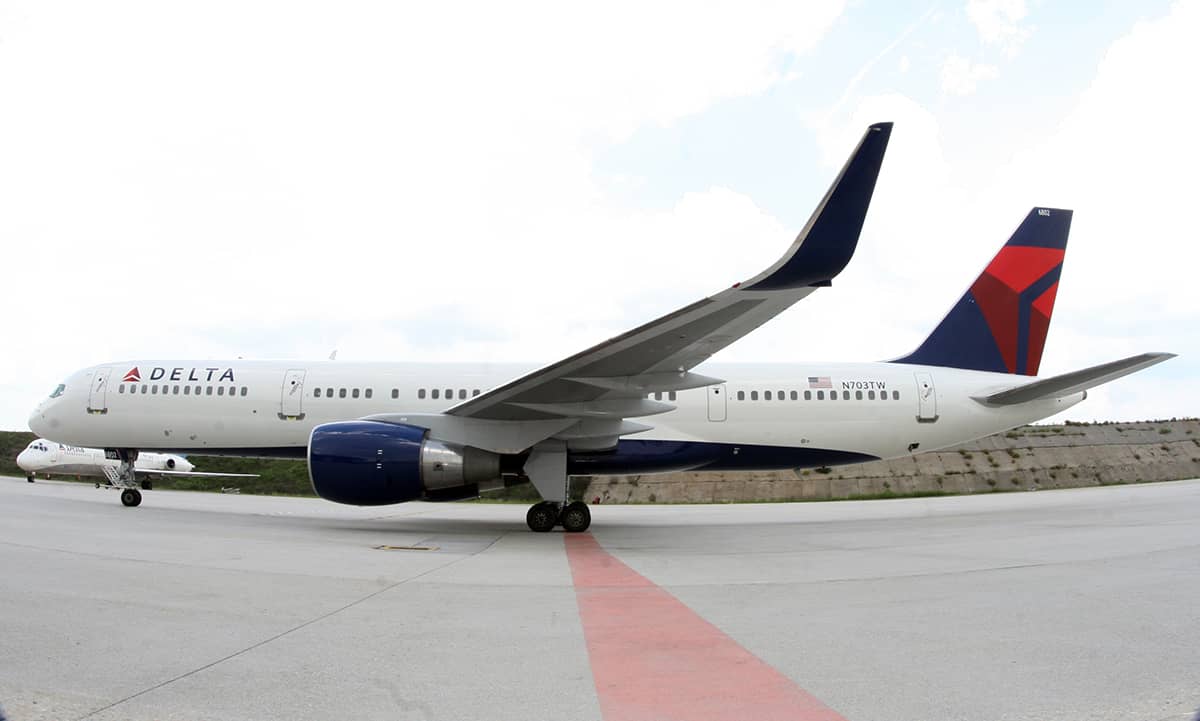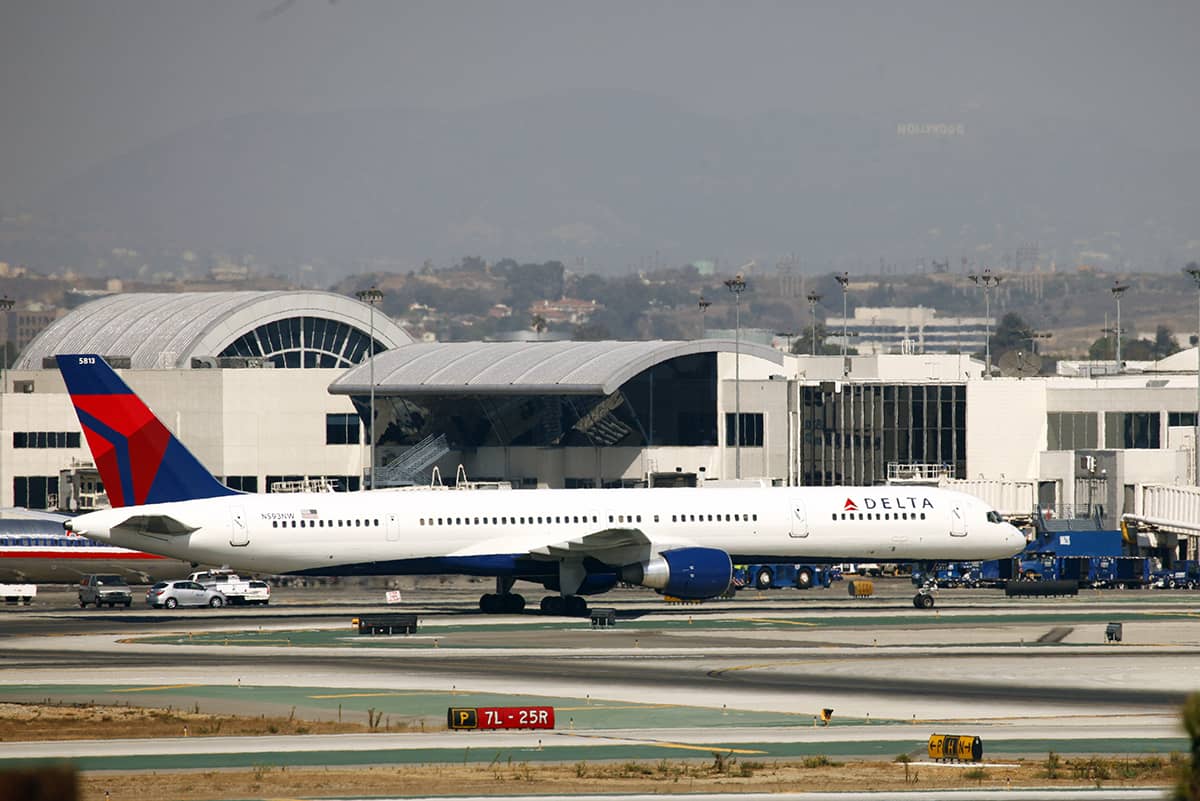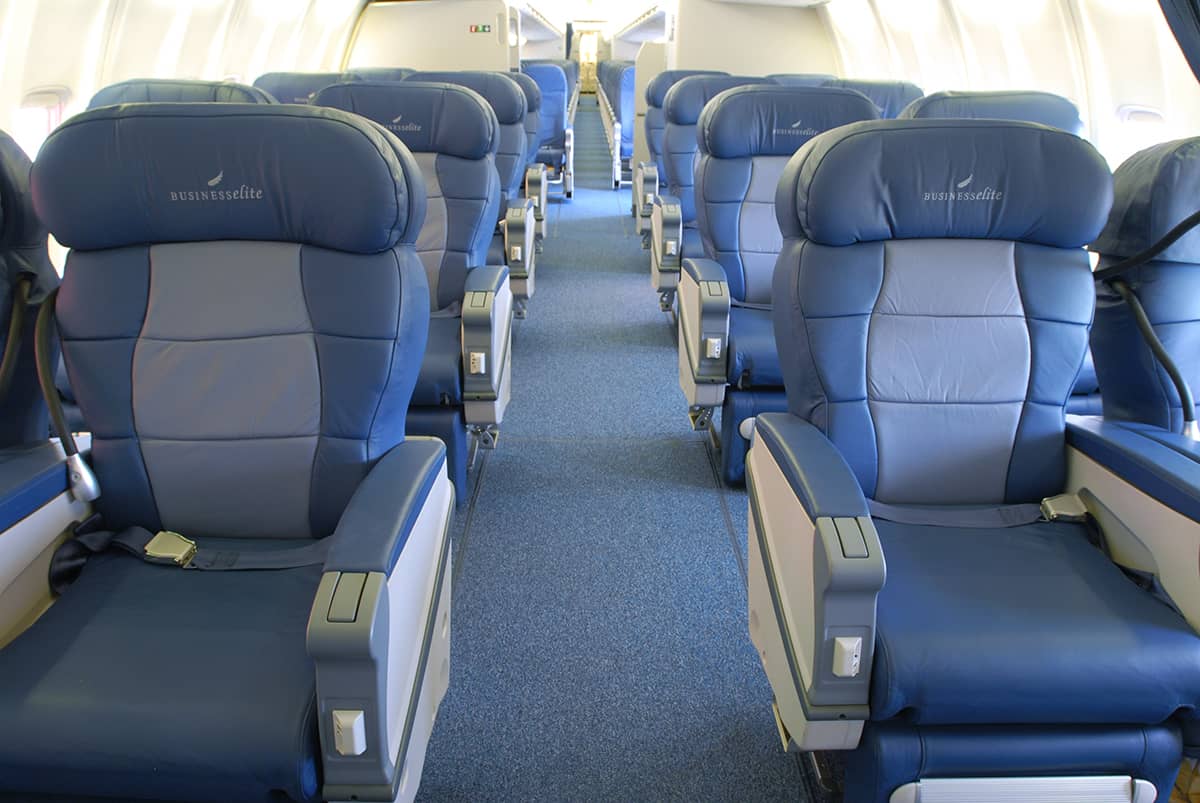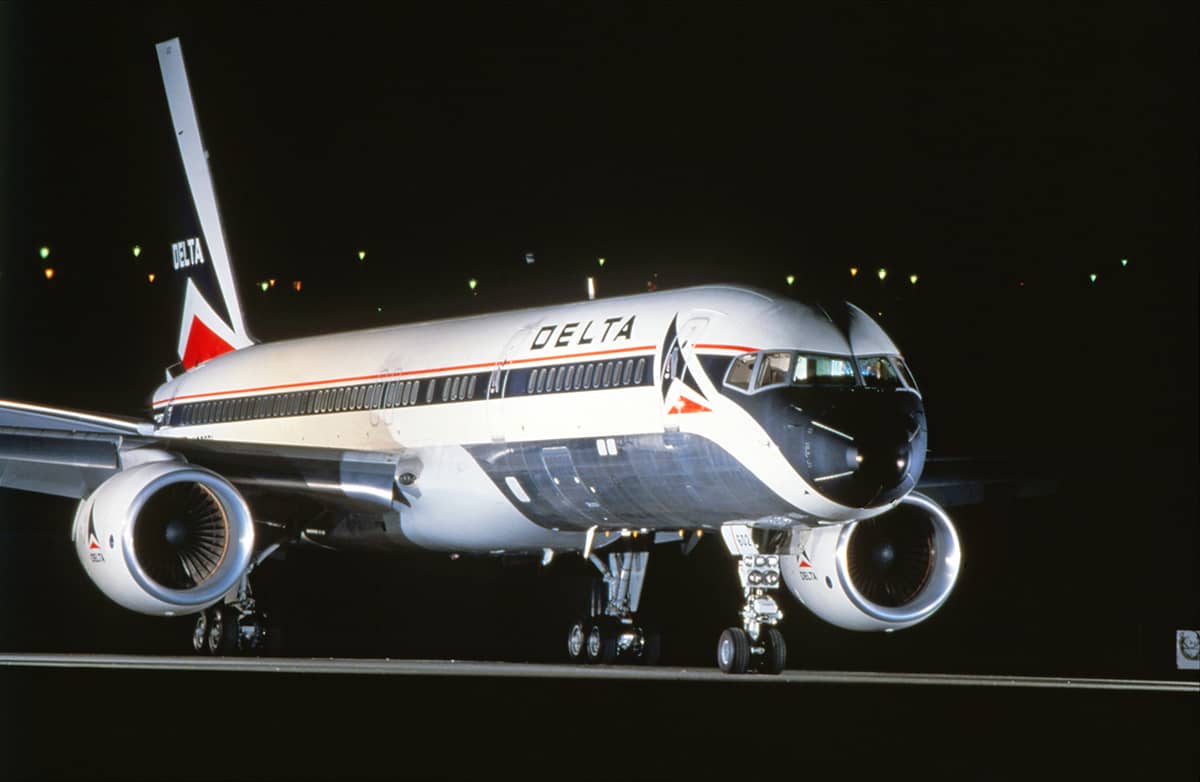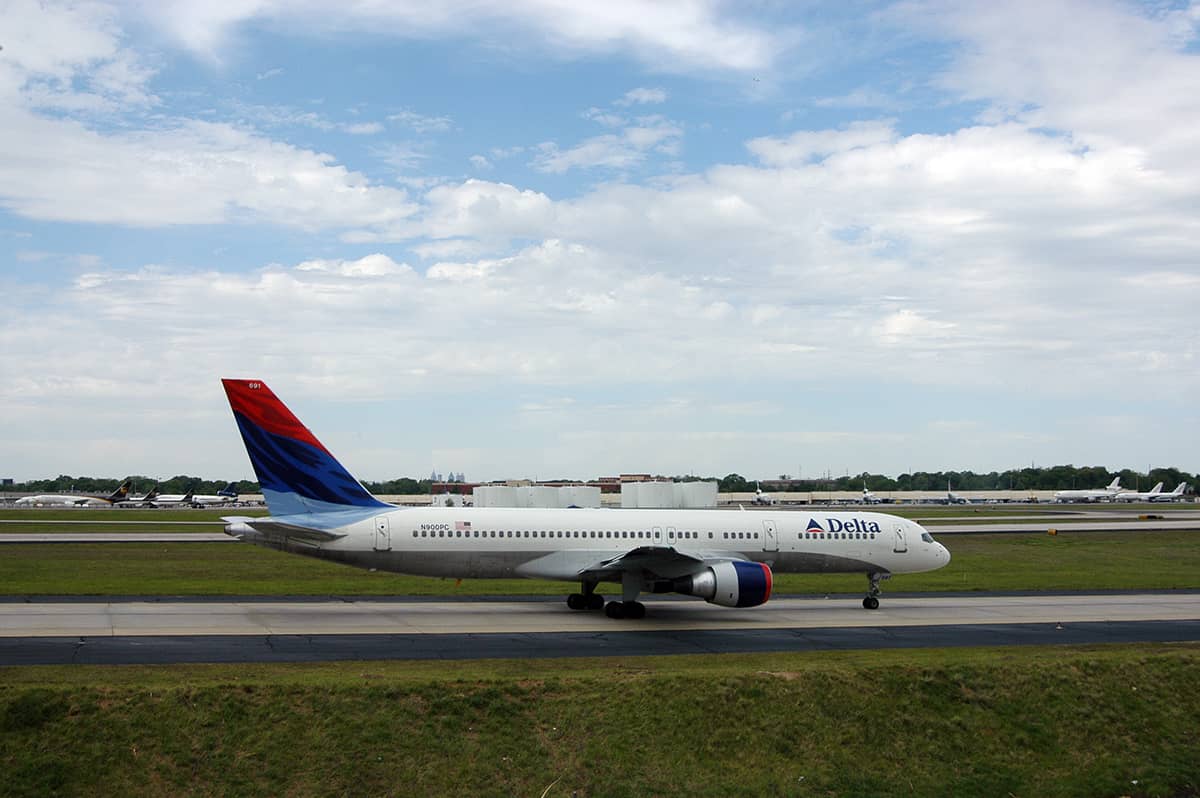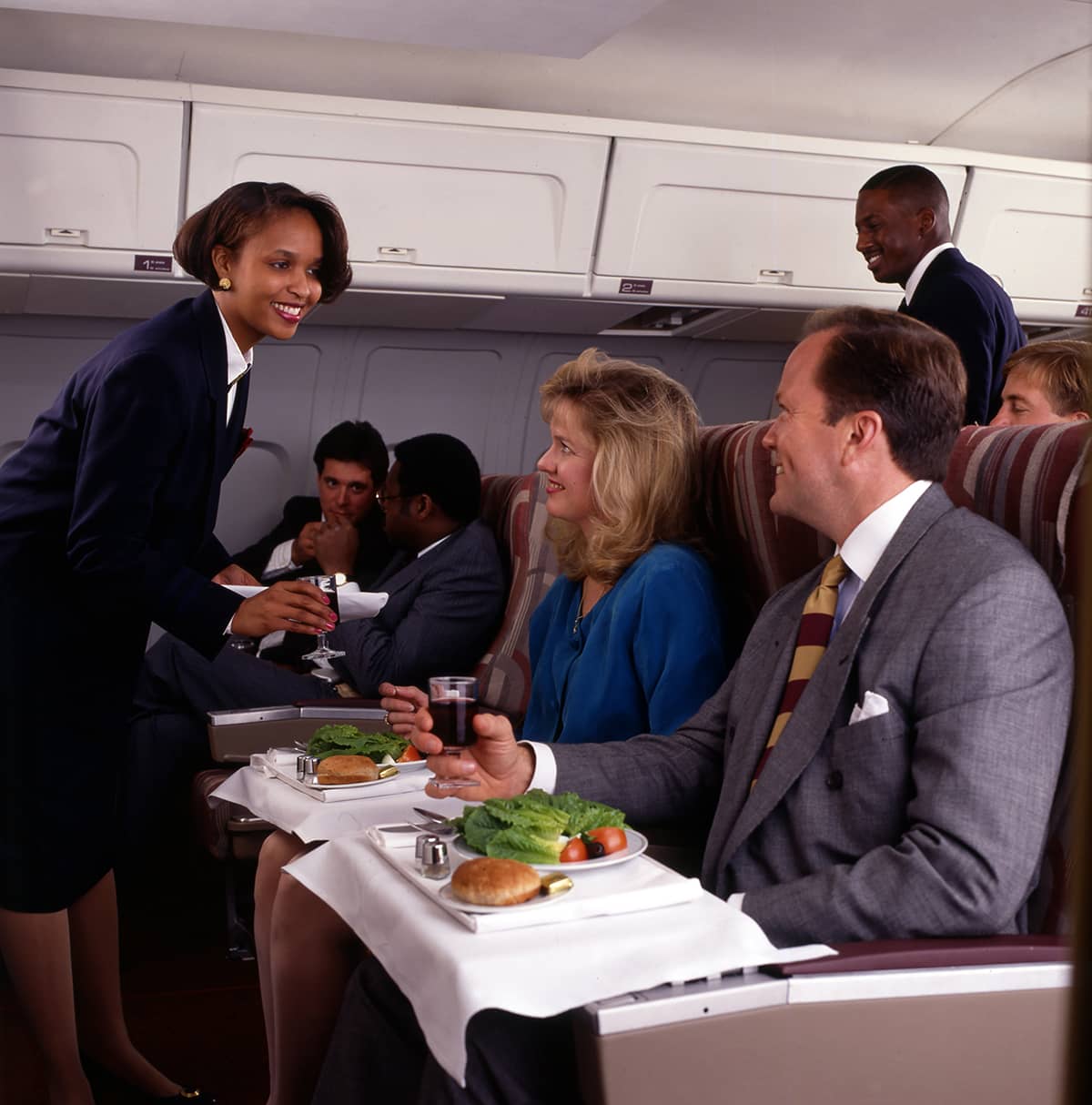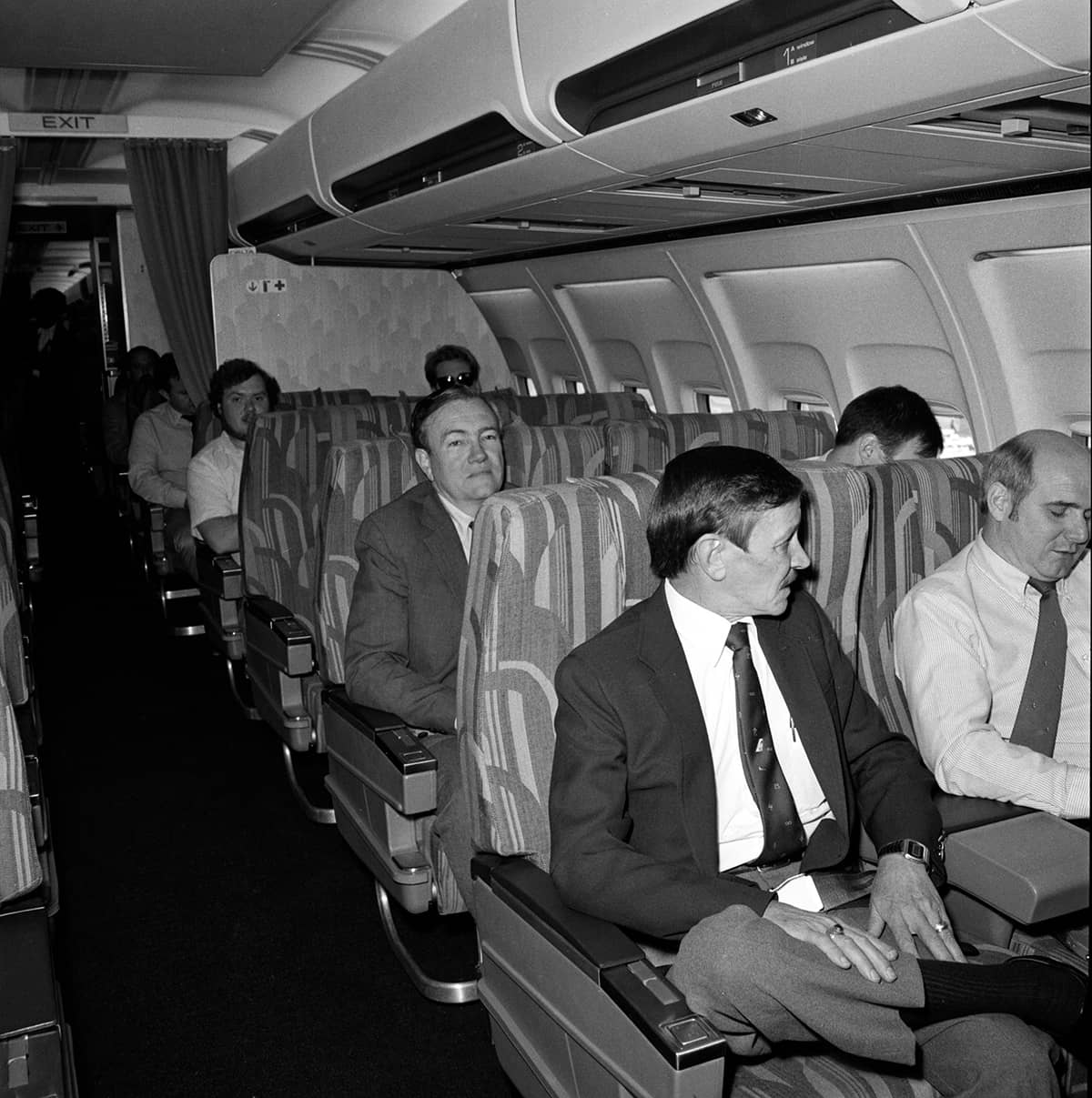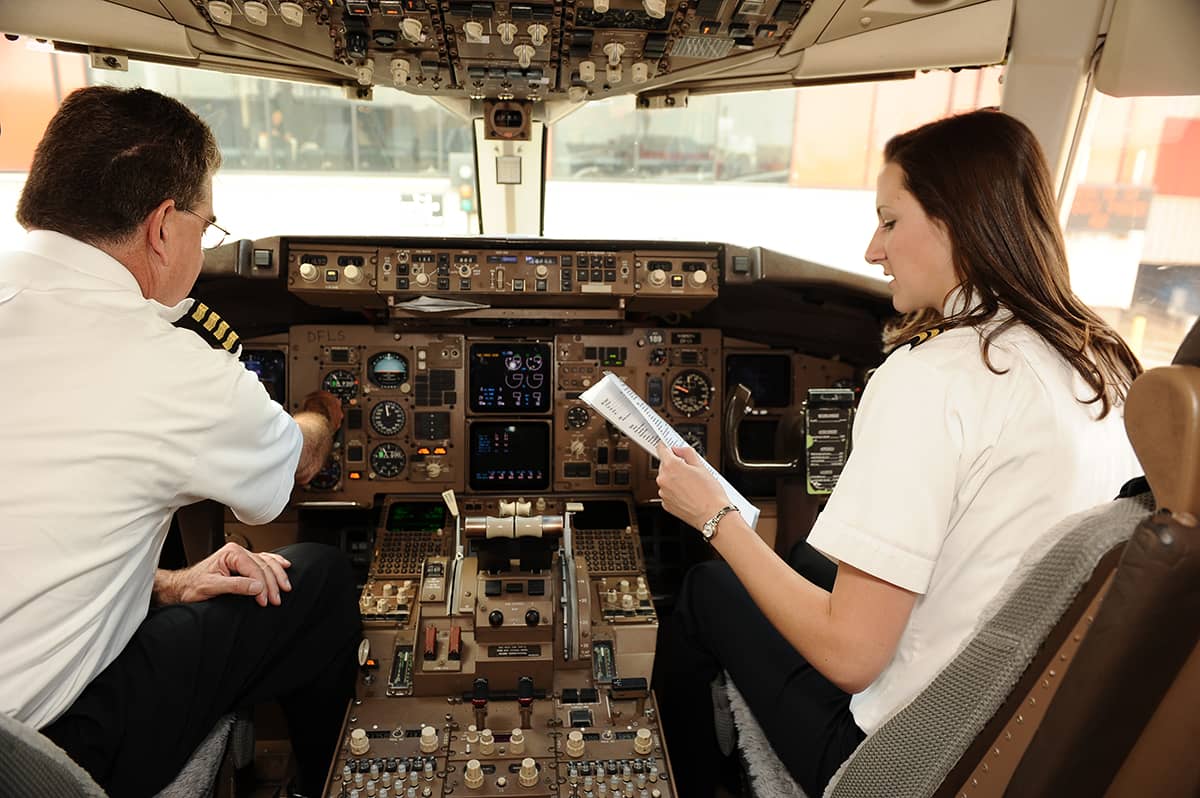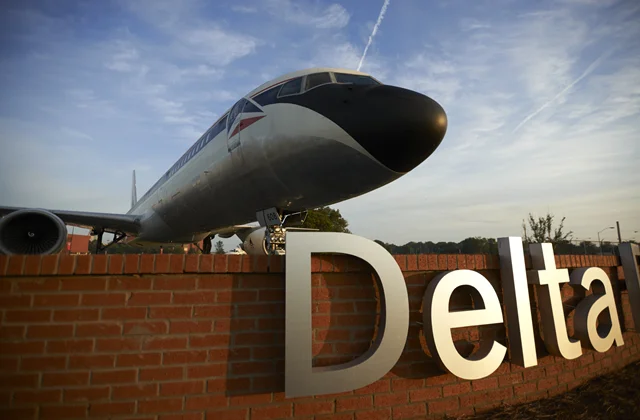The Boeing 757-200 sported "new technology wing and engines to give the best fuel mileage of any standard-body airliner" in 1982. On a 500-mile flight, the 757-200 provided about 45 percent better fuel efficiency than the Boeing 727 it replaced in the Delta fleet. It had more seats than the Boeing 727 (187 compared to 148) and required a crew of two pilots and six flight attendants, while the older 727 required a crew of three pilots and four flight attendants.
Delta was launch customer for the PW2037 engine, which provided 10 percent more fuel efficiency than earlier JT10D Pratt & Whitney engines offered on the 757. (Note: The 757 was initially launched with Rolls Royce engines). "We felt it was worth waiting for," said Ron Allen, Delta president and CEO, when Delta's first 757 arrived in 1984. Other commercial customers for the PW2037 included Northwest Airlines, with twenty 757s on order.
A new Boeing wing design, fitted with double-slotted trailing edge flaps and full-span leading edge slats, made possible take-offs with a full passenger load with about 1,250 feet less runway than required for the advanced 727 for a 1,500 nautical-mile trip. With its new wing and high thrust engines, the 757 could cruise at a higher altitude than the advanced 727-200, allowing greater fuel savings and use of higher airways.
The 757's four-wheel main landing gear units allowed operations on runways previously closed to commercial planes of its size. Pavement loading was the same as that of the smaller 737.
